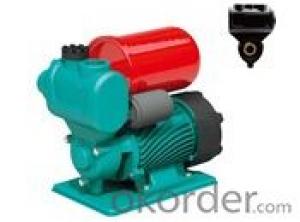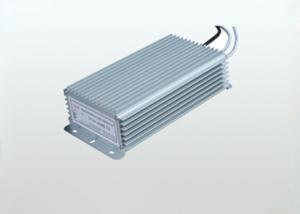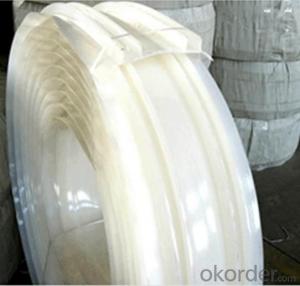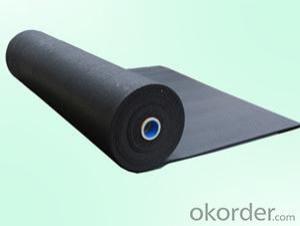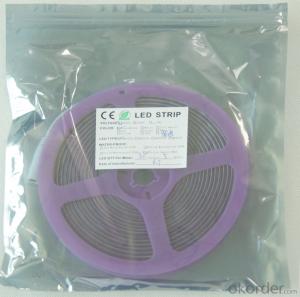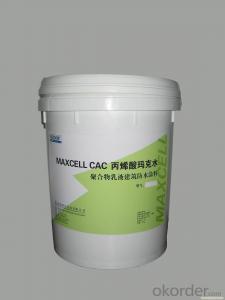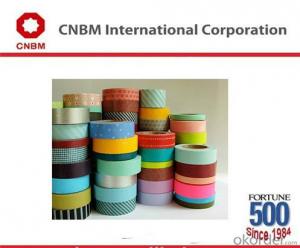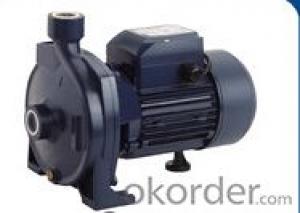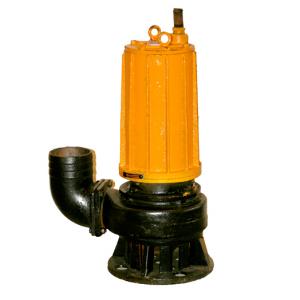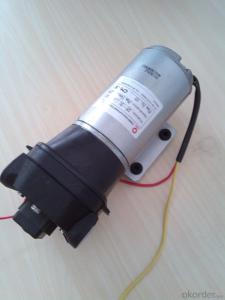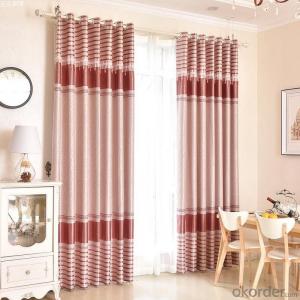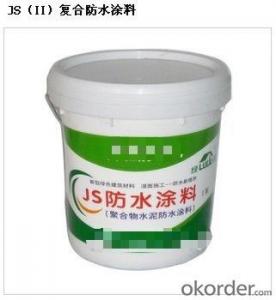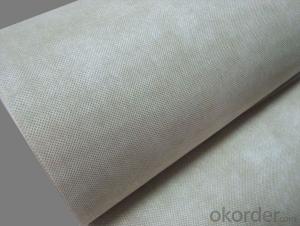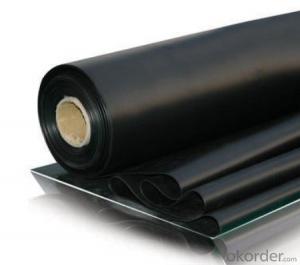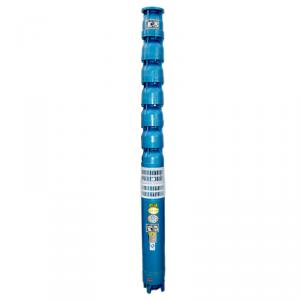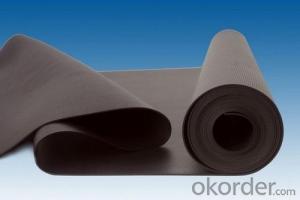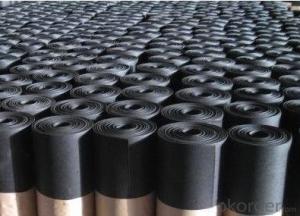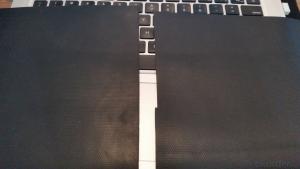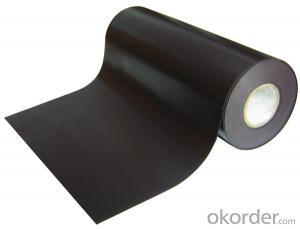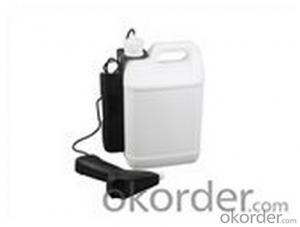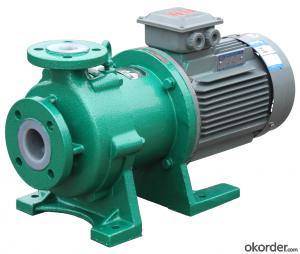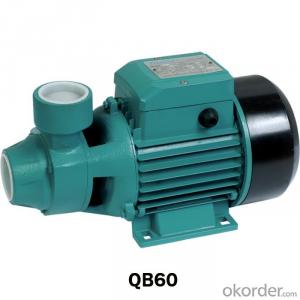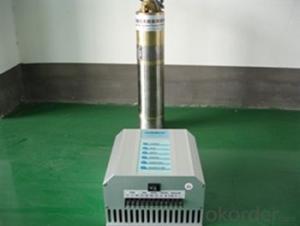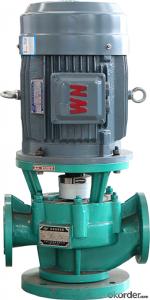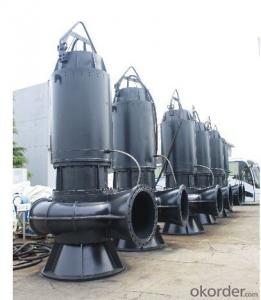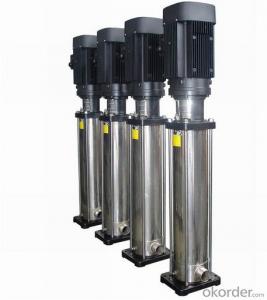Electrical Waterproof Spray
Electrical Waterproof Spray Related Searches
Waterproof Spray Material Waterproofing Spray Spray Waterproof Sealant Electric Insecticide Sprayer 303 Waterproofing Spray Waterproof Paint Waterproof Material Waterproof Sealer Waterproof Seal Electric Water Barrel Pump Paintable Waterproof Membrane Residential Waterproofing Soundproof Foam Spray Electric Centrifugal Water Pump Waterproofing Wet Areas Soundproofing Foam Spray Electric Water Suction Pump Commercial Waterproofing Waterproofing Inspection Waterproof Shade Cloth Soundproofing Spray Foam Waterproofing Homes Large Electric Water Pump Waterproof Thermal Blanket Waterproof Paper Waterproof Cement Board Shower Electric Shock Security Device Damp Proof Membrane Plastomeric Waterproofing Materials Waterproof Membrane For DecksElectrical Waterproof Spray Supplier & Manufacturer from China
Electrical Waterproof Spray is a specialized product designed to protect electrical components and equipment from moisture, water, and other environmental factors that could cause damage or malfunction. This spray creates a protective barrier that repels water and prevents corrosion, ensuring the longevity and reliability of electrical systems. The application of Electrical Waterproof Spray is versatile, making it suitable for a wide range of usage scenarios. It can be used in various industries, including automotive, marine, industrial, and residential settings, to safeguard electrical connections, wires, and components from the detrimental effects of water and humidity. By applying Electrical Waterproof Spray, users can enhance the performance and durability of their electrical systems, reducing the risk of short circuits and other related issues.Okorder.com is a reputable wholesale supplier of Electrical Waterproof Spray, offering a large inventory to cater to the needs of various customers. With a commitment to quality and customer satisfaction, Okorder.com ensures that the Electrical Waterproof Spray they provide is of the highest standard, meeting the requirements of different applications and industries. By partnering with Okorder.com, customers can benefit from competitive prices, prompt delivery, and excellent customer service, making the procurement of Electrical Waterproof Spray a hassle-free and cost-effective process.
Hot Products
